
Book
The Gig Mindset Advantage
Why a Bold New Breed of Employee is Your Organization’s Secret Weapon in Volatile Times
Recommendation
The rate of change is accelerating, and organizations struggle to keep pace. Those with a business-as-usual attitude will fail to remain relevant, resilient or competitive. Organizational analyst Jane McConnell believes future business success lies hidden within the workforce. Pockets of creative thinkers – “gig mind-setters” – bring a freelancer attitude, evidenced by their ability to adapt, initiate and produce results.
Summary
About the Author
Author of L’avantage Internet pour l’entreprise, Jane McConnell is a researcher, analyst and strategic adviser for international organizations in health care, industry and retail.
Learners who read this summary also read
Book
Book
Book
Book









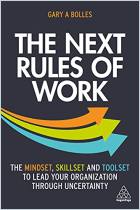
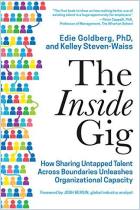
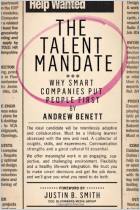
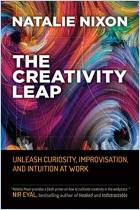
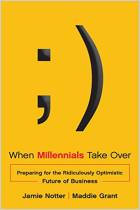




Comment on this summary